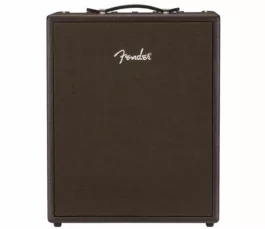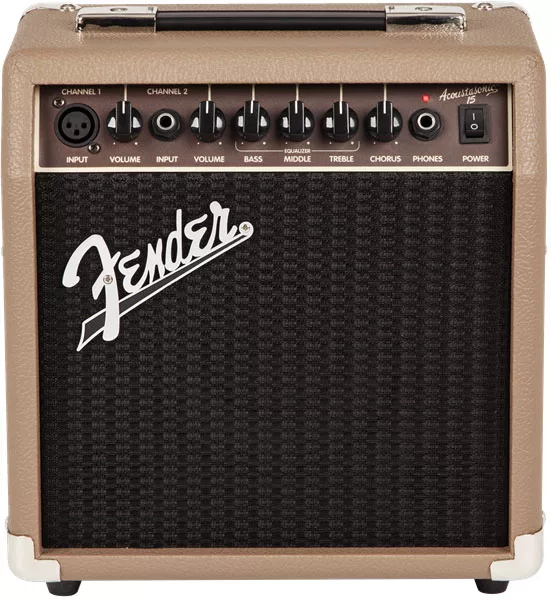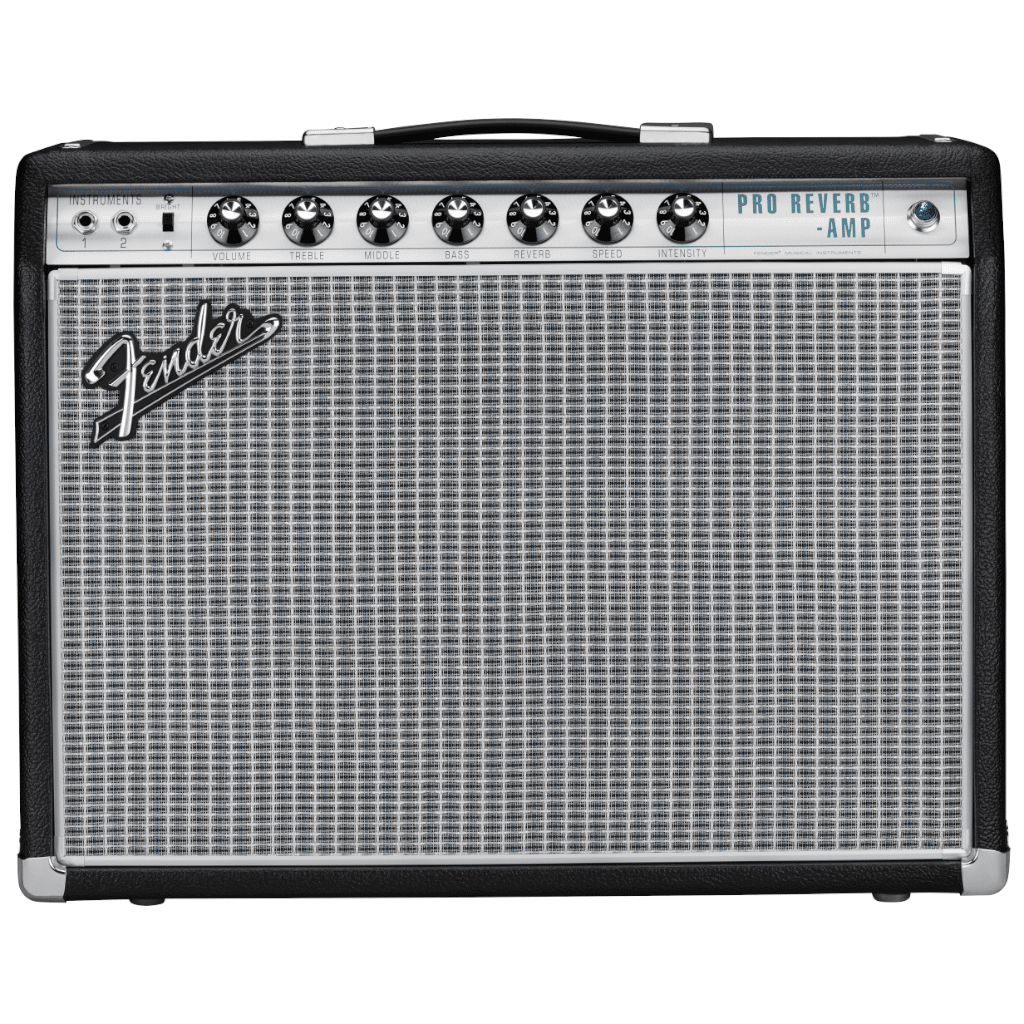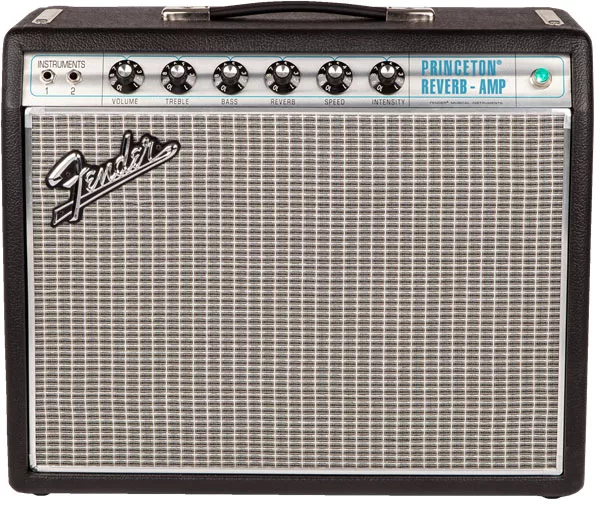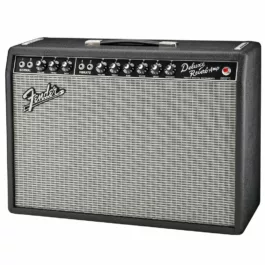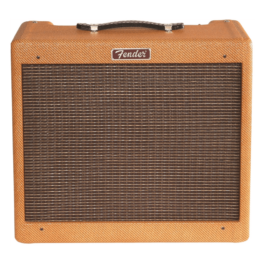
The landscape in terms of guitar amplification has been in a state of constant change from the very beginning.
At first a valve amp / tube amp was the only option players had. With amplification in it’s early stages, high volume and high wattage was the name of the game. You had to make sure your guitar amps sounds had to reach the very back of the venue on its own steam.
Enter the mid-1970’s and the silicon transistor had wormed it’s way into practically all forms of technology, including guitar amplifiers. Lightweight, easy to build, and most importantly, inexpensive, transistor amps became the choice for many guitarists, from beginners to pro’s.
Innovation doesn’t end there, though. The most recent revolution in guitar amplification is modeling amplifiers. Brought about by the digital revolution, modeling amps algorithmically recreate amp sounds of all types, and continue to push boundaries to create new sounds and tones as time goes on.
It’s difficult to make a clear argument for any one of these being “better” than another, but they certainly are different, and many players have their preferences or even steadfast assertions, one way or another. For this reason we’re going to break down the primary differences between them, as well as some of their pro’s and con’s.
Valve / Tube Amps
Listen to music from before 1970, and it is almost guaranteed that you’ll hear a vintage valve amp from Marshall stacks to the Fender Hot Rod Deluxe. That’s because, like we mentioned before, nothing else was around. Of course during this period of time, a lot of iconic guitar music was released, and along with it, a lot of iconic guitar tones. For this reason, valve amps often represent the tone many players pine for.

When talking about valve amps you’ll often hear terms like “organic” and “natural compression” thrown around. This is because, these are inherent characteristics of valve amps, they are the original standard all guitar amps are based on.
This technology does come with it’s downsides though. Price, weight and maintenance being the primary culprits here.
Price – Valve amps are intricately designed and built with rather fragile components (the glass valves). This comes at a premium, with many valve amps coming in at prices a few multiples higher than a solid-state equivalent.
Weight – Heavy components like transformers make valve amps a seriously heavy category of amplifiers. If you’re going to be lugging your amp around, it’s definitely advisable to check in on the weight before making your purchase.
Maintenance – Another consequence of this old-school design is the requirement for maintenance. All valve amps will need new valves and a re-biasing at least a few times in their lifespan. This is time consuming, and can be costly. It’s also important to note that valves are prone to breaking if the amp is not handled properly.
The Verdict
If you’re looking for the exact naturally compressed, organic distortion, sound in your head with no compromises, the right valve amp will deliver that like no other. But if you’re looking for a bit of versatility, or a lower cost… keep reading.
Solid State / Transistor Amps

While there is some debate, the Hagström GA-85, released in 1963, is widely considered to be the first transistor guitar amplifier. In the same year, the Gibson Starfire series was released. People were slow to adapt to transistor amps at first, but by the mid-70s, they had become a standard option.
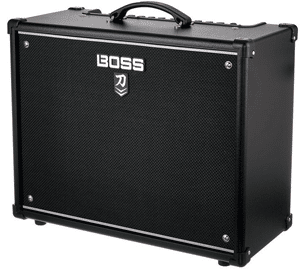
One of the reasons that solid-state amps took off was thanks to their lower cost. Since there are no valves involved, and transistors can be mass-produced, the price for a transistor amp is (usually) significantly more economical than a valve counterpart.
But less expensive, in this case, does not ‘necessarily’ mean worse. Different, though? Absolutely.
It is far easier to build transistor amps to a higher wattage, allowing for a lot more clean headroom. This was iconically characterized with Roland’s Jazz Chorus amps, which have the ability to reach very high volumes with a beautifully clean tone.
The other side of this is one the biggest disadvantages for most solid-state amps is that when they are pushed to the max, they will start clipping, whereas a valve amp will smooth itself out and produce their signature natural overdrive.
Does this means solid-state amps can’t play distortion/overdrive sounds?
Absolutely not! While it isn’t achieved in the same way, transistor amps have developed over the years to create incredibly high quality drive sounds. This is thanks to the advent of Amplifier Modeling.
As we mentioned earlier, modeling amps are fully digital systems that algorithmically recreate amp sounds. This has turned the world of amplifiers on it’s head, and lead to a state of almost constant progress. Year after year, amp models are getting better and better, and fewer and fewer people are able to tell them apart from original valve amps.
If you’re looking for excellent tone, maximum versatility, and are on a bit of a budget, there are many excellent options within the world of modeling.
Fender’s newly unveiled Tone Master Super Reverb is the perfect example of modern modeling. It is a perfect modeled replication of the valve circuitry of the original amp using Fender’s proprietary Tone Master modeling system.
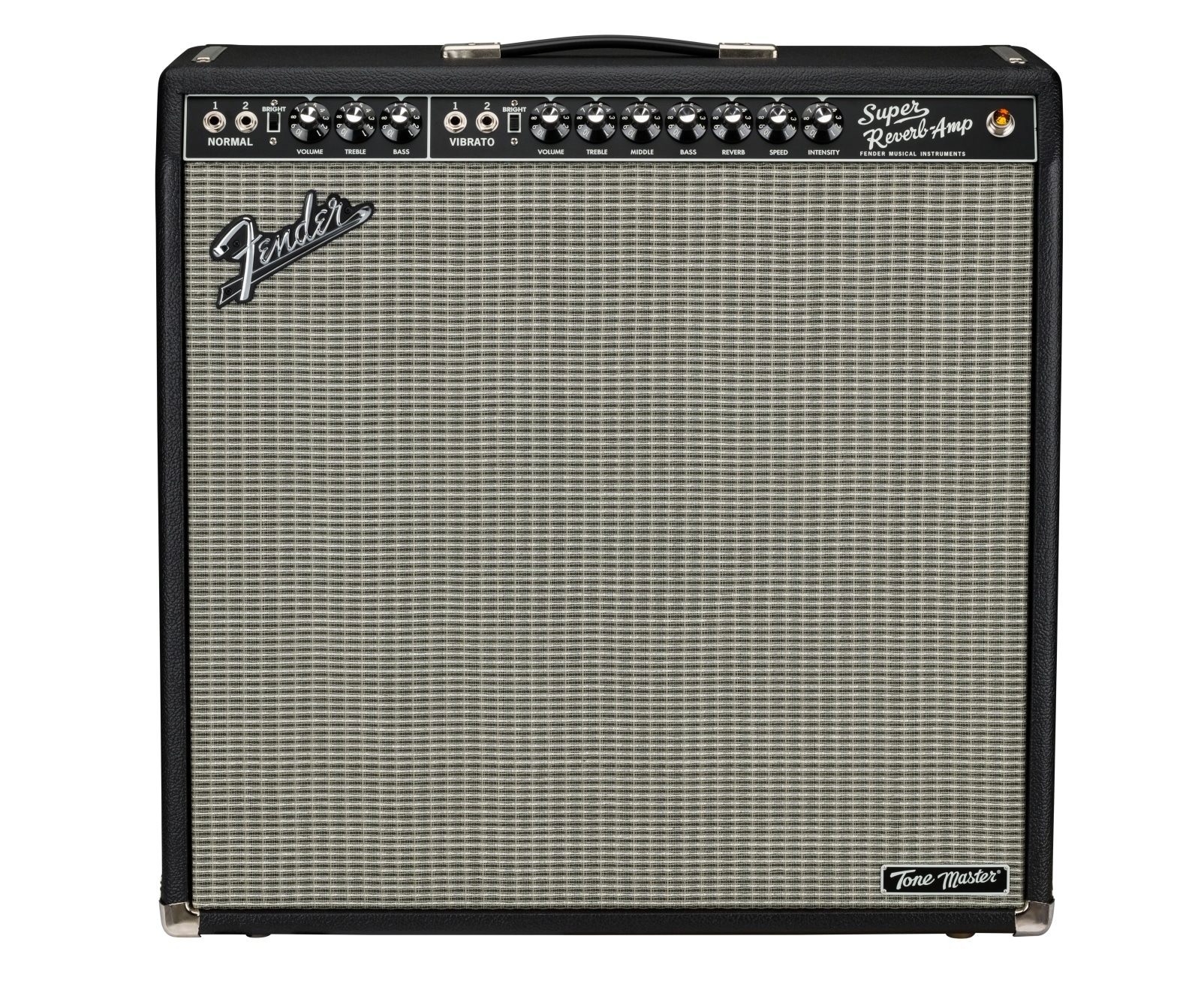
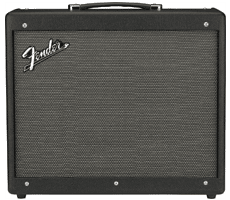
The Fender Mustang GTX Series is the flagship range of modeling amps from Fender, offering hundreds of effects and amps models. Learn more about the range by clicking here.
The Boss Katana range is Roland’s answer to premium guitar amp modeling on a budget. Easy to use, excellent sounding, and expandable. Shop the Boss Katana series here.
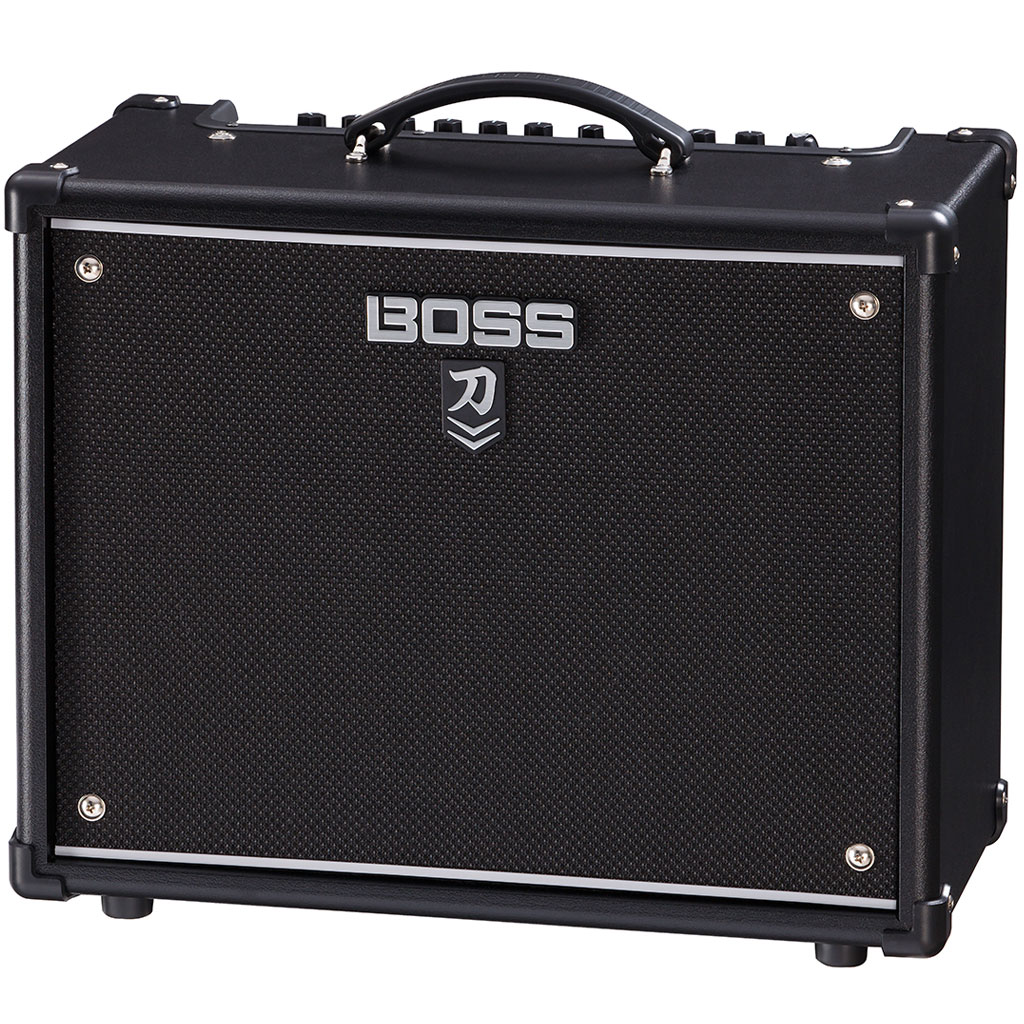

The Boss GT series – An amp isn’t even always necessary these days. There are incredible amp simulators and models included in multi-effect pedalboard like the GT series from Boss. Simply plug directly into the PA at the gig, or your PC at home, and you’re good to go. Who needs an amp? Find out more by clicking here.
No matter what your needs, there’s an amp for you. Take your time and figure out what you want to get out of it before jumping in on any hype-train.
If you’re looking for any further help or advice, feel free to contact your nearest Bothners store.
Shop Guitar Amps Online
-
- Guitar & Bass, Guitar Amps
Fender Acoustic SFX II Acoustic Amplifier
- R32,995FREE DELIVERY
- Select options
-
- Guitar & Bass, Guitar Amps
Fender Acoustasonic™ 15 Acoustic Guitar Amplifier
-
R5,395R4,595FREE DELIVERY - Select options
-
- Guitar & Bass, Guitar Amps
Fender ’68 Custom Pro Reverb™ Guitar Amplifier
- R54,795FREE DELIVERY
- Select options
-
- Guitar & Bass, Guitar Amps
Fender ’65 Deluxe Reverb® Guitar Amplifier
- R59,795FREE DELIVERY
- Select options
-
Request Stock
- Out of Stock
- Guitar & Bass, Guitar Amps
Fender Blues Junior in Lacquered Tweed Finish
-
R23,695R20,140FREE DELIVERY - Select options
-
-
Request Stock
- Out of Stock
- Guitar & Bass, Guitar Amps
Fender Acoustic Junior – 100-watt Acoustic Amp
-
R17,595R12,700FREE DELIVERY - Select options
-



